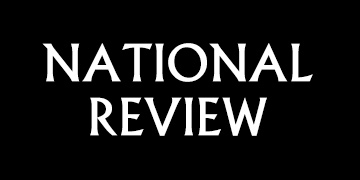Featured Data March 25, 2024
White Union Members Grow More Republican

In the late 1960s, union households were Democratic households. Nearly half (46 percent) of Americans who lived in union households identified as Democrats. Over the ensuing decades, Democratic identification among white members of union households has slowly eroded, dipping consistently below four in 10 by 2002. Over that period, the proportion of white Americans in union households who identify as Republican nearly doubled from a low of 14 percent in the 1970s to 27 percent in 2016. As of 2020, white Americans living in union households were just as likely to identify as Republicans as Democrats (33 percent vs. 34 percent), for the first time in over 60 years.








